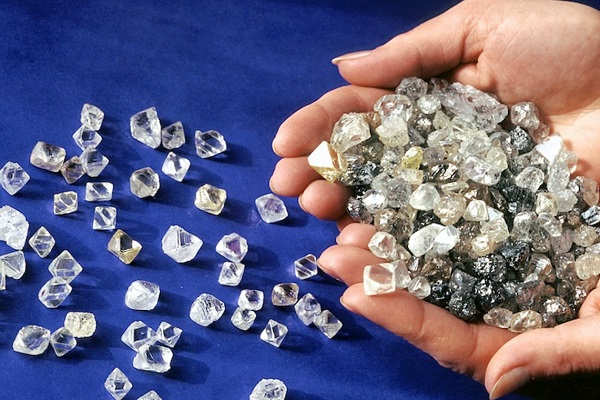|
|
Stop Buying Rough
Opinion
Jul 3, 2019 12:00 PM
By Avi Krawitz
|
|
|

RAPAPORT... The prevailing panic surrounding the rise of lab-grown diamonds is overshadowing the bigger challenge facing the diamond market: There is no profit in the trade. This long-term challenge is reaching crisis levels, as manufacturers lack liquidity and are reducing prices to raise cash. Banks are applying pressure on them to repay their loans and are hesitant to extend additional credit.
The mood was not great among diamond suppliers in June following the JCK Las Vegas and Hong Kong shows. Neither event inspired confidence, instead highlighting the tough environment in which the trade is operating.
The market is working in some areas, but not in others. Typical “American” goods — 0.60- to 1.50-carat, G to J, SI to I1 — are moving, and US jewelry retail appears to be in a relatively healthy state. The problem is in the bookends of the market — the smaller and larger categories.
Economic uncertainty has influenced caution among buyers of large stones, while — for better or for worse — increased compliance requirements have reduced activity in the grey market for these goods, as Rapaport’s Joshua Freedman has reported on Diamonds.net (see ‘Why the Market for Large Diamonds Is in Free Fall’). This suggests that investor level consumers don’t see the potential they once did in high-value stones.
However, the bigger issue is in the smaller goods. There is more supply than demand for 0.25- to 0.50-carat polished. Buyers of these diamonds are offering low prices because they’re afraid to lose money if prices continue to fall. Some manufacturers can ward off those offers. But others, including some large and significant players, are willing to sell at lower prices because they need to raise liquidity.
At the same time, manufacturers are shifting their polished production to smaller goods because they need to keep their workers at a minimal cost. It’s a vicious cycle, because in doing so, they’re increasing their inventory of the polished categories they’re struggling to sell.
De Beers sightholders were frustrated that the miner’s rough-price reduction in June was too little, too late. But they were also hesitant to push for additional cuts, noting that when rough goes down, polished tends to follow (even further). It was a small sight, but the feeling was that sightholders were merely deferring their purchases until later in the year.
The solution is to stop buying rough. A freeze on rough purchases would give manufacturers leeway to sell without having to produce. Such a move would rebalance polished inventory levels. It would support prices, save manufacturing costs and help generate liquidity. Manufacturers would then return to the rough market willing to buy at prevailing price levels.
It’s been done before. The Indian trade stopped all rough imports immediately after the market crashed in late 2008. They were subsequently able to return with confidence while other centers continued to struggle.
The lack of profit is the biggest challenge facing the diamond trade today. For that reason, many are shifting to synthetics, where they’re finding better margins in both manufacturing and retail.
The industry needs to demonstrate confidence in its product by restoring value across the pipeline, including for diamond cutters. A temporary freeze on manufacturing would help achieve that for the long term, and provide some much-needed relief from its current liquidity strain.
This article was first published in the July 2019 issue of Rapaport Magazine.
Image: Alrosa rough. (Alrosa via the Diamond Producers Association)
|
|
|
|
|
|
|
|
|
|
Tags:
Alrosa, Avi Krawitz, De Beers, Diamond prices, diamonds, Jewelry, Rapaport, RAPI, Sightholders
|
|
|
|
|
|
|
|
|
|
|

|
|